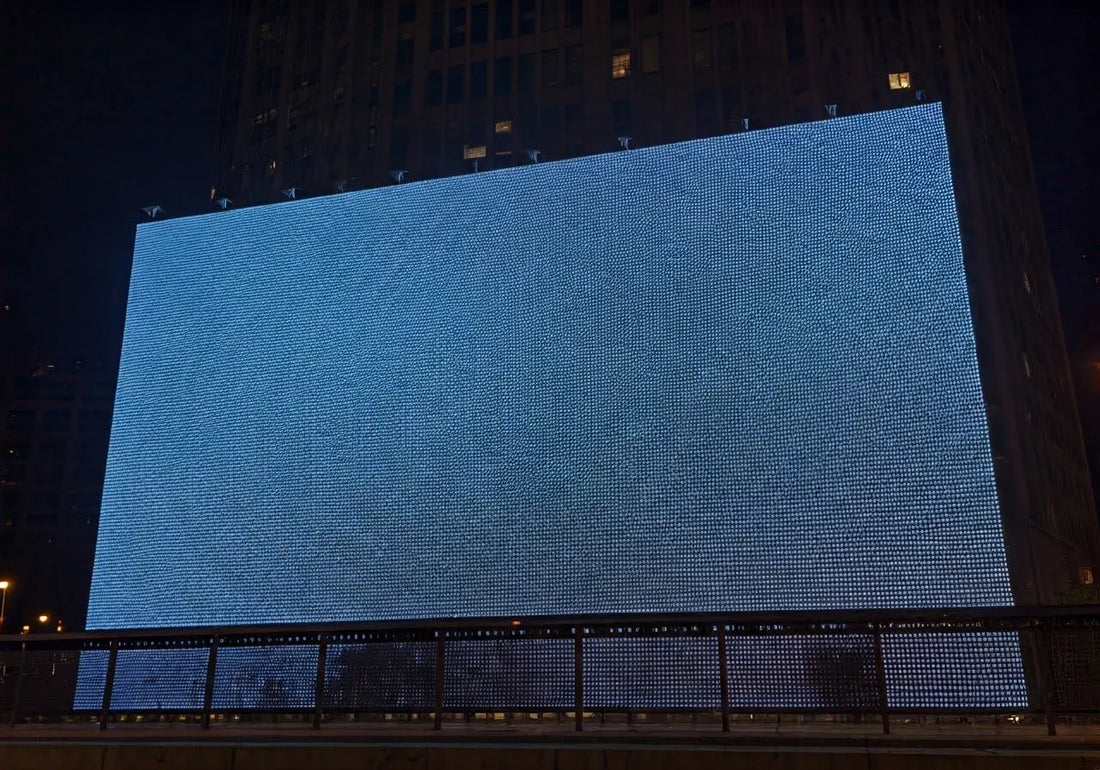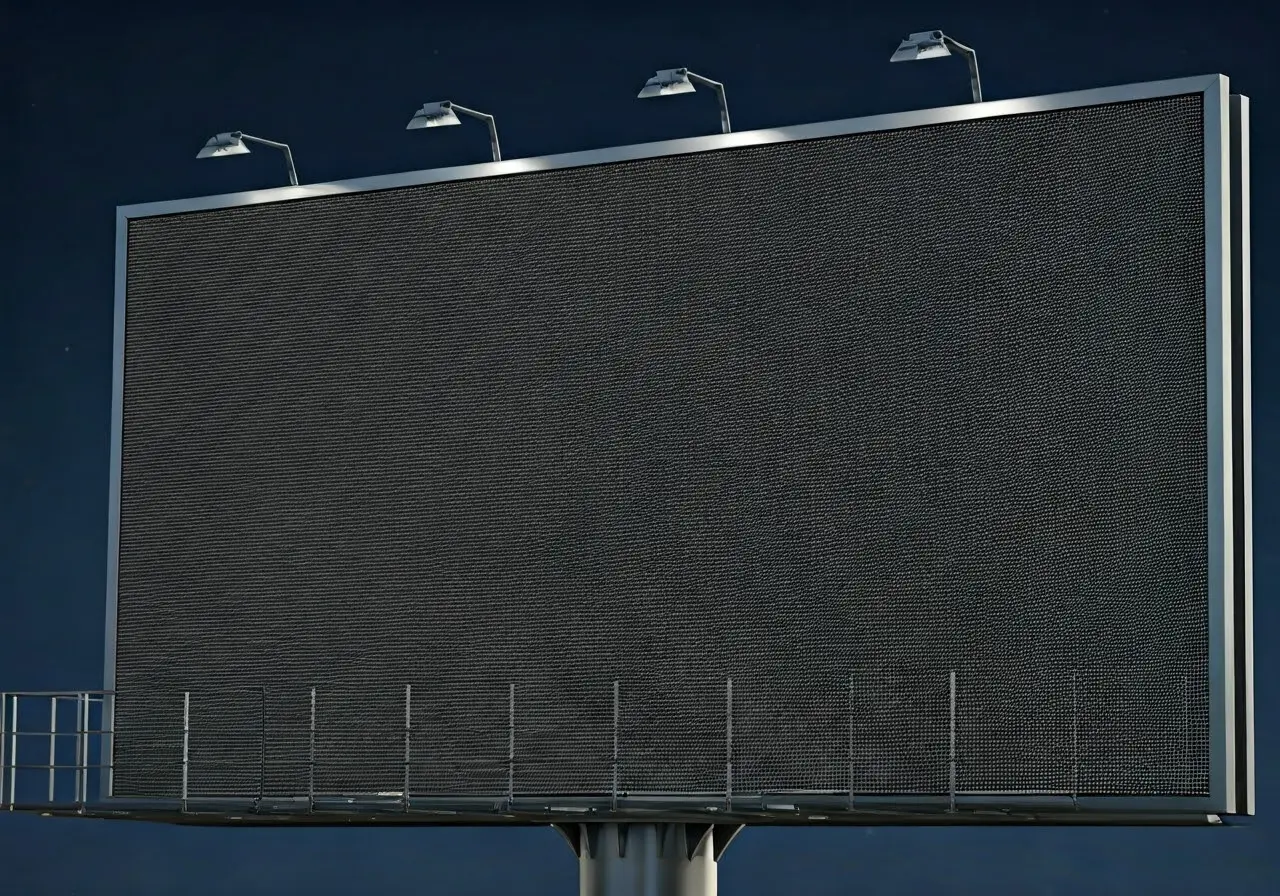
Why Choose LED Advertising Over Traditional Methods?
Share
In today’s fast-paced world, advertisers are constantly seeking innovative ways to capture consumer attention. LED advertising has emerged as a dynamic solution, offering a modern alternative to traditional advertising methods. This article explores why businesses should consider making the switch to LED advertising.
What is LED Advertising?
LED advertising utilizes light-emitting diodes to display vibrant, eye-catching messages and images on digital screens, offering flexibility and adaptability.
By replacing traditional static displays with dynamic content, LED screens have brought a significant transformation in how advertisers engage their audiences. Unlike print advertising or static billboards, LED displays can showcase multiple ads in the same space, changing content seamlessly to capture the attention of onlookers. As the content transitions, viewers are naturally drawn to the movement and color, making it more likely they will process the message being conveyed.
One of the critical features of LED advertising is its adaptability to various locations and environments. Whether it’s indoors at a retail location or outside in bustling urban centers, LED displays can withstand various weather conditions while delivering crisp, clear images. This makes them a versatile option for advertisers aiming to maintain consistent visibility across different platforms.
Key Benefits of LED Advertising
Increased visibility, dynamic content capabilities, cost-efficiency, and sustainability are just a few benefits that make LED advertising a wise choice.
Regarding visibility, LED displays have an undeniable advantage over their traditional counterparts. The ability to convey messages with bright, vibrant imagery ensures that they are eye-catching and attention-grabbing. This high level of visibility makes LED advertisements hard to ignore, translating into higher engagement rates for businesses utilizing them.
Cost-efficiency is another significant benefit of LED advertising. Although there may be a higher initial investment, the long-term savings on printing costs and the ability to update content without additional expenses demonstrate their viability. Furthermore, the durability of LED screens reduces maintenance costs, offering a higher return on investment over time.
LED advertising also aligns with the growing trend of sustainability in business practices. As discussed in this digital billboard vs traditional billboards comparison, LED screens consume significantly less power compared to traditional billboard lighting solutions. The reduced energy consumption and decreased reliance on single-use materials make LED displays a more environmentally conscious option.
Comparing LED and Traditional Advertising
While traditional advertising methods like print or static billboards have their place, the interactive and captivating nature of LED ads offers distinct advantages.
Traditional billboards rely on their strategic placement along highways or in high-foot-traffic areas, hoping to capture the attention of passersby at just the right moment. However, they are restricted by the permanence of the displayed message. Once printed, changing the advertisement requires physical alteration, leading to increased costs and effort.
In contrast, LED advertising provides a dynamic solution to these limitations. With LED screens, businesses can swiftly alter their messaging to reflect current promotions or respond to market trends in real-time. This adaptability allows companies to remain relevant and responsive, crucial qualities in today’s rapidly changing advertising landscape.
Cost-effectiveness and ROI
Initial investment in LED technology can lead to long-term savings and a higher return on investment due to lower maintenance costs and greater reach.
Although the upfront costs for LED technologies might seem daunting, the potential for increased exposure and engagement compensates for the initial expense. As noted by experts in digital signage strategies, the agility that LED advertising offers allows businesses to maximize their ROI by targeting specific demographics and tailoring messages to suit different audiences.
Furthermore, the ability to easily update content means that companies can swiftly respond to shifts in consumer demand without the need for costly reprints or manual replacements as necessitated by traditional advertising. This flexibility ensures that marketing strategies remain cost-effective and can evolve in sync with the brand’s overall goals.
Environmental Impact of LED Advertising
LED advertising is more environmentally friendly, consuming less power and reducing waste compared to disposable print media.
Given the growing emphasis on corporate sustainability, adopting LED advertising supports eco-friendly objectives. LED displays utilize less energy, generating a carbon footprint markedly smaller than traditional lighting and static billboards. This minimized electricity usage aligns with environmental initiatives aimed at more sustainable energy use.
Moreover, LED screens eliminate the waste generated by frequent printing and disposal of paper-based advertisements. The reduction of printing materials not only decreases environmental waste, it also aligns with businesses’ sustainable resource management goals. In today’s world, where corporate responsibility is increasingly scrutinized, the shift towards environmentally sustainable advertising options such as LEDs demonstrates a commitment to preserving the planet for future generations.
Adopt LED Advertising for a Brighter Future
LED advertising presents numerous advantages over traditional methods, from enhanced visibility and engagement to eco-friendliness and cost-effectiveness. As the advertising landscape continues to evolve, embracing LED technology can provide businesses with the competitive edge they need to succeed.

